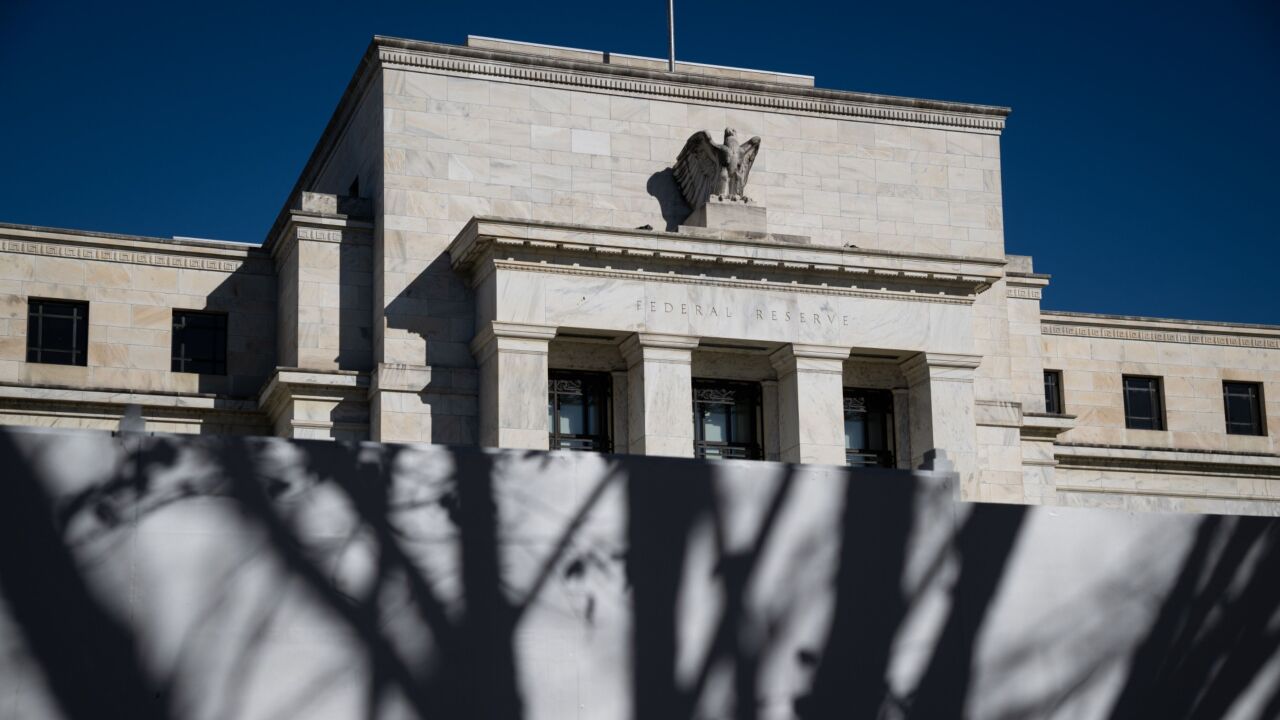Not so long ago - perhaps a year or two - conferences about technology in financial services were preoccupied with the prospects for banking through wireless devices and, to a lesser extent, through television.
Now those channels are considered cold, and the buzz that surrounded them has been replaced with high expectations for two other technologies: broadband Internet service, which gives consumers a high-speed digital connection that is always "on"; and instant messaging, which some analysts say could make online customer service cheaper and easier to offer.
At Forrester Research's annual technology conference this week in New York, analysts from the sponsor company presented their findings that consumers do not want to use new channels like television to conduct their banking, but would like to use channels they already use - including the Internet - in new ways.
Jed Kolko, a senior analyst at Forrester, said that instant messaging, or IM, is among the most popular new options. The number of people using instant messaging (not just for financial services transactions, but in general) has doubled in the past two years, and 38% of online consumers now use IM for an average of 20 minutes a day, according to Forrester's research.
Fewer than 2% of the consumers surveyed by Forrester use mobile financial services, and television banking "is not going to go anywhere," he said.
At the same time, consumers are getting broadband connections installed in their homes at a steady clip, Mr. Kolko said. The broadband usage rate will increase from 2% of online households in 1999 to 50% in 2004, he said. For financial institutions, "this is going to reshape the way you deal with your customers."
IM and broadband present powerful opportunities for financial institutions, Mr. Kolko said. IM "radically reduces" the amount of time it takes to talk to customers and can improve the quality of that dialogue, he said.
For example, normally a customer receiving an "error" notification while trying to send e-mail to a customer service representative has to phone the representative and relay the error information, he said. If IM service is available - and it does not refer a customer to a toll-free number - the customer could simply cut and paste the error message into a chat window and receive instructions in real time from a representative, Mr. Kolko said.
Broadband enables financial institutions to offer collaborative advice, applications that are easy to navigate, and interactive tools that allow customers to roll over or click on an item to receive more information, he said.
For example, Mr. Kolko said, a customer might click on an item on a billing notice to get information about the merchant that originated the charge. Households with broadband connections are twice as likely to leave their computers on as those using dial-up connections, and they are more likely to use the Internet for various financial activities, he said.
A Forrester survey found that consumers who switched from dial-up to broadband Internet service did much more online - they were 46% more likely to receive or review bills, 33% more likely to check bank-account balances, 23% more likely to make transfers between accounts, 11% more likely to pay bills, and 2% more likely to trade stocks online than their modem-using counterparts.
"The impact of 'always-on' Internet is changing the way consumers use the online channel," Mr. Kolko said. "Broadband drives customers to richer information. It makes the online channel the right channel for customers, even if it wasn't before or wouldn't be with dial-up."
Seventy-nine percent of the consumers surveyed by Forrester said they use multiple channels for financial services. The highest percentage of customers using one channel for the vast majority of their transactions - 12% - said they use the Internet, compared with 6% who use a pager, 1% who use branches and automated teller machines. None said they use the telephone or wireless devices for their transactions.
The longer customers bank online, the more likely they are to use multiple delivery channels, according to Mr. Kolko. The challenge for financial institutions is to develop the IM and broadband services that customers will want in the future, while simultaneously building a consistent cross-channel experience, he said.
Financial institutions could leverage the loyalty developed through in-person interactions by providing customers with access to IM sessions with in-branch representatives, and by placing collaborative tools in appropriate places to avoid excessive and costly personal interaction, Mr. Kolko suggested.
He acknowledged that providing a consistent cross-channel experience is "an enormous task," but said that doing so is critical for banks to remain competitive.
"Cross-channel behavior is not a transitional phase," he said. "It is going to be the future, and that future is going to ride on instant messaging and broadband, not wireless and television, to shape the cross-channel experience."







